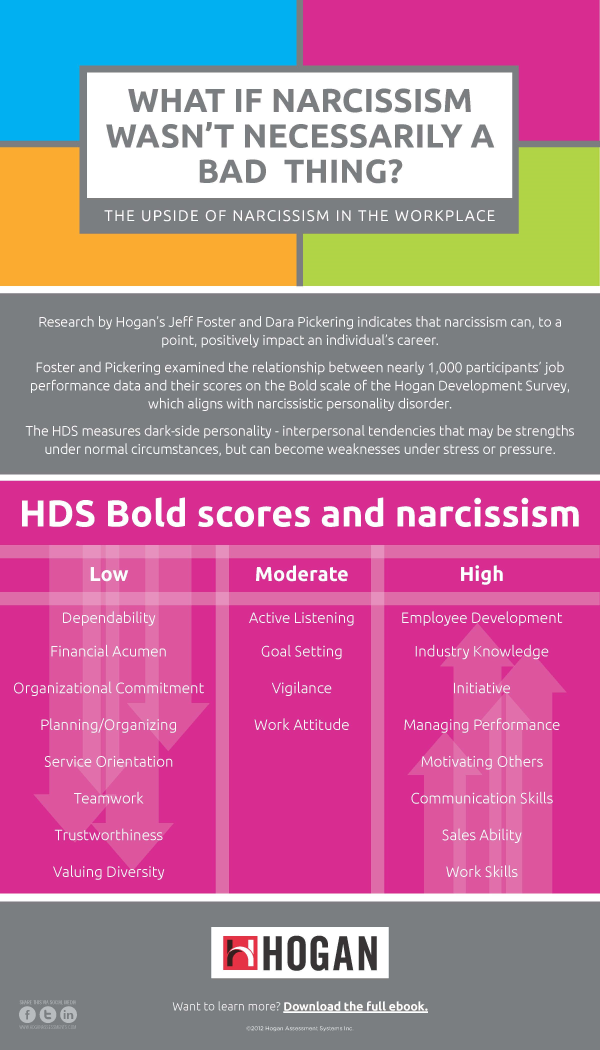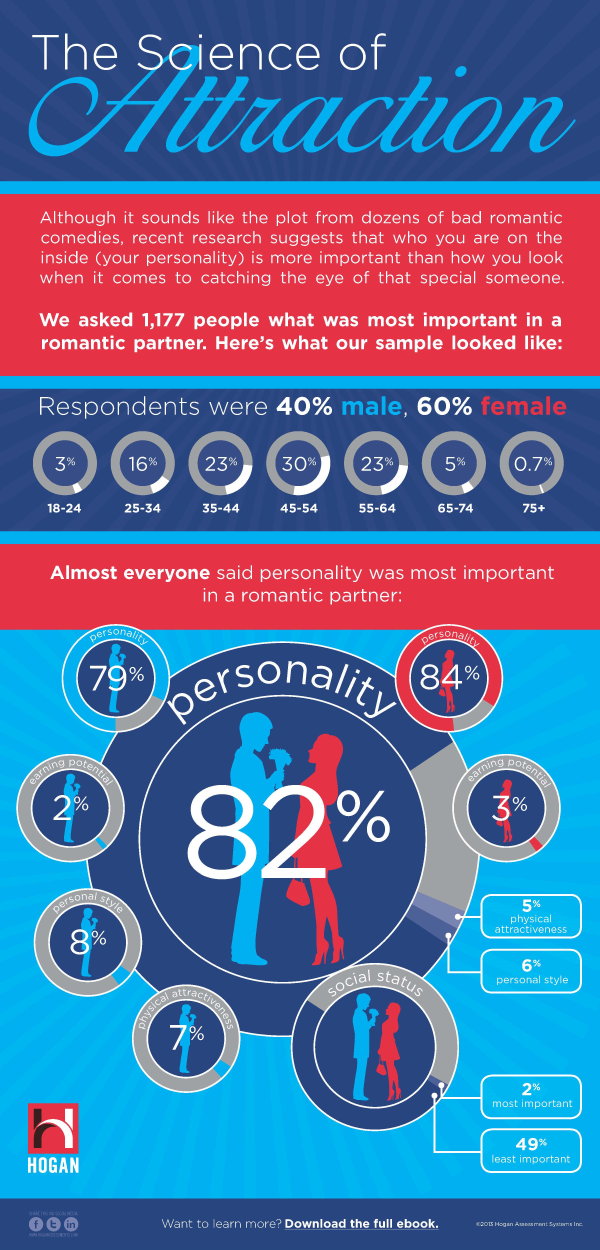Good empirical studies examining coaching and development are always hard to find. But here two from Q1 we thought coaches might enjoy:
- In an effort to determine what influences a client’s perception of coaching effectiveness, de Haan et al. examined a number of potential factors using data from over 150 client-coach pairs. They found the perceived quality of the client-coach relationship, or working alliance, was most critical in determining how clients perceive coaching effectiveness.
- Do you know someone who is dealing with emotional exhaustion or low job satisfaction? If so, research conducted by Hulsheger et al. on the effects of mindfulness might be the answer. In general, employees who are attentive to and accepting of what is going on around them are generally more satisfied with their jobs. The article provides a brief review of and references to additional information concerning mindfulness training.
Below are a few recent articles covering topics related to methods and statistics. Enjoy.
- Do you need more evidence indicating that delivery method (e.g., paper and pencil v. internet) does not impact results? If so, recent work by Weigold et al. not only supports previous research finding that both methods produce equivalent results, but provides a nice outline of potential problems with studies that have failed to find equivalence.
- Are you trying to figure out how to increase survey response rates? Research by Fauth et al. shows you might be up against than you realize. Aside from job satisfaction, several group-level variables, such as work group size, heterogeneity in tenure, and heterogeneity in gender, significantly influence response rates. One positive takeaway is social influences likely matter, so, when trying to increase participation, peer pressure may help.
- On the statistics front, coefficient alpha continues to be the most widely used reliability estimate. For that reason, it is also probably the most widely criticized. Peterson & Kim examined differences between alpha and a popular alternative, composite reliability. Across thousands of estimates, they found that the average estimates from the two approaches differed by only .02. Based on these results, there is no reason to assume that coefficient alpha won’t continue to rain as the king of reliability estimates in I/O Psychology.
Next up, Part 3 of our review will cover a diverse range of articles we thought were worth sharing. And in case you missed it, be sure to check out Part 1 of our review, which summarized articles dealing with a variety of factors that drive performance in organizations. Again, we invite you to provide information relating to any other articles from the first three months of 2013 that we failed to include here.


 In a society that craves novelty and new technology, staying on the cutting edge is paramount to an organization’s survival. What better way to stay one step ahead in the product line than to have a strong creative team tinkering away behind the scenes.
In a society that craves novelty and new technology, staying on the cutting edge is paramount to an organization’s survival. What better way to stay one step ahead in the product line than to have a strong creative team tinkering away behind the scenes.
 Is there such a thing as being too creative? Although creativity is largely associated with positive work outcomes, our research shows that, in excess, creativity can be a powerful roadblock to career success.
Is there such a thing as being too creative? Although creativity is largely associated with positive work outcomes, our research shows that, in excess, creativity can be a powerful roadblock to career success. This axiom is all too relevant for entrepreneurs today. Companies like Google and Pixar embrace a collaborative and innovative culture with unconventional work hours and offices. Why do they go through such great lengths to foster their employees’ creativity? Because that’s what a creative employee’s personality demands.
This axiom is all too relevant for entrepreneurs today. Companies like Google and Pixar embrace a collaborative and innovative culture with unconventional work hours and offices. Why do they go through such great lengths to foster their employees’ creativity? Because that’s what a creative employee’s personality demands.
 Every year, the SIOP Executive Board presents the Hogan Award for Personality and Work Performance. This award, named after Hogan Assessment Systems founders’ Drs. Robert and Joyce Hogan, recognizes the academic paper or chapter that has the highest potential to further the understanding of personality as it relates to work performance. This year’s Hogan Award recipients are In-Sue Oh, Temple University, Gang Wang, University of Idaho, and Michael K. Mount, University of Iowa, for their article, “Validity of Observer Ratings of the Five-Factor Model of Personality Traits: A Meta-Analysis,” published in the Journal of Applied Psychology, volume 96.
Every year, the SIOP Executive Board presents the Hogan Award for Personality and Work Performance. This award, named after Hogan Assessment Systems founders’ Drs. Robert and Joyce Hogan, recognizes the academic paper or chapter that has the highest potential to further the understanding of personality as it relates to work performance. This year’s Hogan Award recipients are In-Sue Oh, Temple University, Gang Wang, University of Idaho, and Michael K. Mount, University of Iowa, for their article, “Validity of Observer Ratings of the Five-Factor Model of Personality Traits: A Meta-Analysis,” published in the Journal of Applied Psychology, volume 96.

